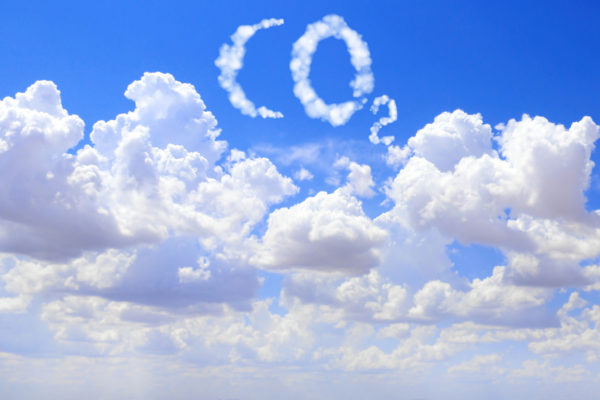Policies have been implemented in the U.S. and around the world in recent years that had the well-intended goal to reduce carbon dioxide emissions into the atmosphere. Data now make it clear that intentions do not always result in desired outcomes.
It’s time for states, corporate leaders and presidential aspirants to offer a dose of emissions honesty. Only then will we begin to address the difficult challenges of both economic stability and actual global emissions reductions.
Take, for example, Germany. Before 2009, growth in nuclear, natural gas and wind — and a decrease in coal use for power generation — were steadily reducing CO2 emissions. In 2010, Germany restructured Energiewende, its energy policy. German leaders tried to address public pressure over fracking and nuclear energy by reducing both significantly.
Not surprisingly, this resulted in increased use of coal and accelerated wind farm sprawl. The predictable result was that the decline in CO2 emissions stopped, and the price of electricity climbed to a point where it is among the highest in the world. Intentions did not result in the desired outcome.
California is another example. The state consumes about three times as much energy as it produces. Yet California is shrinking natural gas, shutting down zero-emissions nuclear, mandating renewables, and importing about 25% of its electricity from other western regions that make much of their electricity from coal, natural gas and hydro.
Although California claims a path to lower emissions, it doesn’t fully account for the emissions produced by out-of-state electricity or for emissions related to the manufacturing of imported products. California pays about two times as much for electricity as do most other states, a highly regressive economic impact.
New York consumes about four times as much energy as it produces. Nonetheless, in 2014, New York imposed a moratorium on developing natural gas, which is the property of the landowner not the state, from the Marcellus Shale. The state also won’t build natural gas pipelines, suggesting that natural gas be brought in on ships, trucks and trains (all running on diesel), all of which pose a higher likelihood of accidents than do pipelines. And like California, New York pays about two times as much for electricity as do most other states.
To be sure, people in California and New York consume considerably less energy per capita than say, people in Texas. But that is misleading. Californians and New Yorkers consume a lot of “stuff,” and somewhere energy is used to make that stuff and move it to California and New York. In fact, only 11 states produce more energy than they consume, accounting for two-thirds of total U.S. energy production but only a quarter of U.S energy consumption. For example, Texas produces about 1.3 times as much energy as it consumes and uses energy to make stuff to export to others.
Countries and states are not the only ones trotting down the zero-emissions-promise path. Major energy-consuming corporations such as Microsoft, Amazon, Google and Apple are tripping over themselves to announce 100% “clean energy” goals. The cloud alone consumes more than 3% of the world’s electricity, representing about half of the global generation from solar and wind. What happens at night and in windless times?
Well, electrons come from a grid supplied mostly by coal, natural gas and nuclear, or from giant batteries, as yet largely untested, requiring major mining and, later, landfill disposal. This use of “backup” electricity is theoretically offset by buying clean credits, but in reality, this is magic math, as there are only so many credits to go around.
The Paris climate accord’s CO2 emissions reduction target for the U.S. power sector was about 1,600 million tons by 2030. Impressively, this probably will be achieved a decade early, without a federally imposed “Clean Power Plan.” No other large country can match this. It happened by substituting coal with natural gas made abundant and cheap by fracking; maintaining 20% nuclear output even while closing nuclear power plants; growth in renewables encouraged by state renewable portfolio standards and incentives; improved energy efficiency; and the not-so-green reality of exporting manufacturing overseas. Not perfect, but real.
Let’s keep magic math in Hollywood and on Broadway and get down to the business of actual emissions reductions into our single global atmosphere.
Scott Tinker is the director of the Bureau of Economic Geology at The University of Texas at Austin.
A version of this op-ed appeared in the Dallas Morning News, San Antonio Express News and the Corpus Christi Caller Times.




